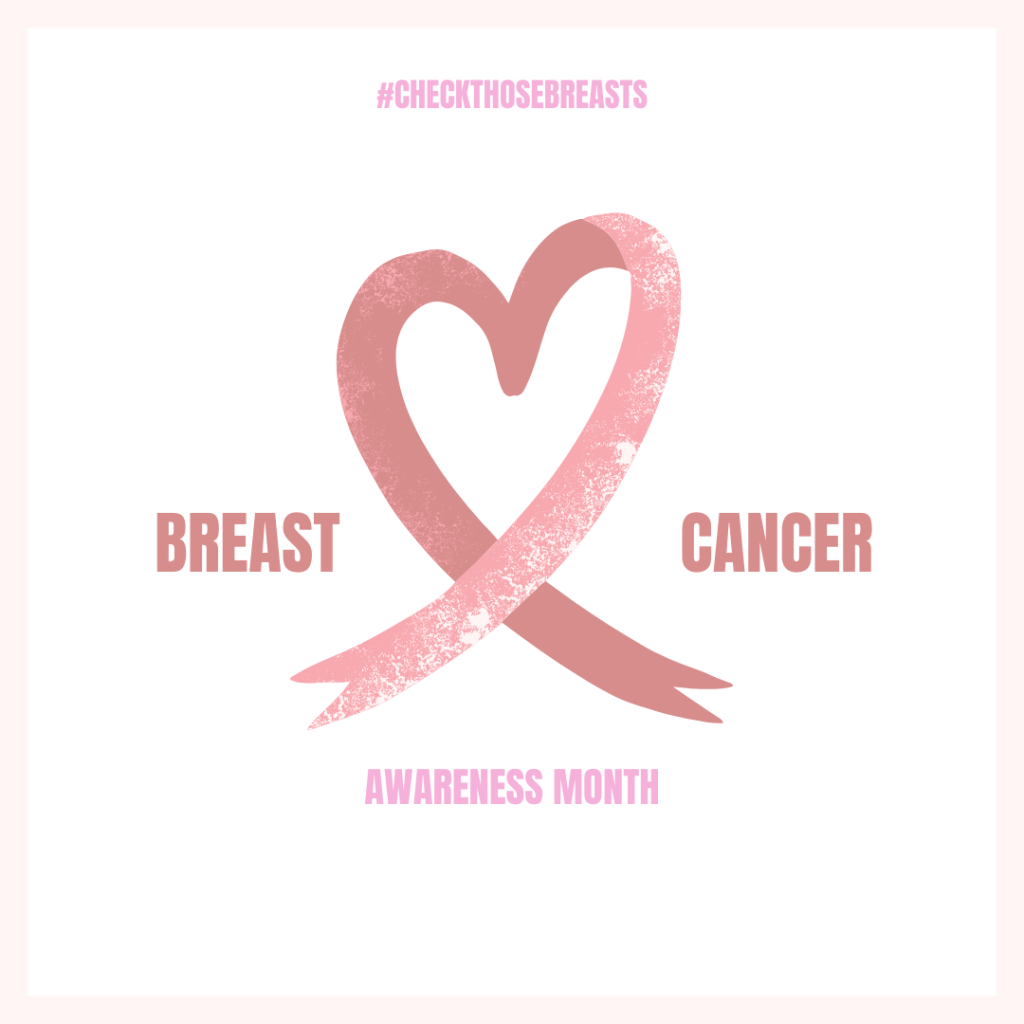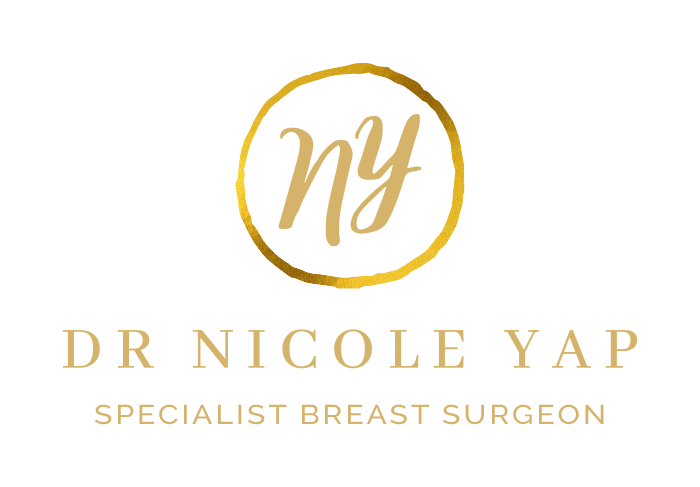
October is breast cancer awareness month and it is important for women of all ages to understand how to identify and act on changes in their breasts. Breast cancer impacts 1 in 7 women and 25% of women with breast cancer are under the age of 50. Awareness and early detection of symptoms could save your life!
What does breast cancer awareness mean?
Breast cancer awareness means knowing your breasts and knowing how to spot changes in your breasts when they first occur. It is important because these changes can be a sign of cancer cancer developing.
Breast cancer is the second most common type of cancer to affect women in Australia, with 1 in 78 women being diagnosed at some point in their life. Finding breast cancer early provides the best chance of surviving the disease as well as giving you the most options for treatment. Breast cancer awareness, together with regular mammograms, is the best way to detect breast cancer early.
Breast cancer can also affect men and women of any age so everyone should take the time to get to know what their breasts usually look and feel like and be alert to any changes. If you notice any changes in your breasts, see your doctor as soon as possible.
Why should I check my breasts regularly?
Checking your breasts regularly is the best way to learn what your breasts look and feel like, so you can get an idea of what is normal for you. By checking your breasts often, you will be able to notice changes as soon as they happen. Finding breast cancer early provides the best chance of surviving the disease as well as giving you the most options for treatment.
It’s important to remember that not all lumps are dangerous, and 9 out of 10 changes are not related to breast cancer, but it is important to see your doctor to be sure.
Women between the ages of 50 and 74 years are recommended to have screening mammograms every 2 years. Women between 40 and 49 or 75 years and older are also eligible for free screening mammograms although the risk of developing breast cancer in this age range is slightly lower. Mammograms can detect small lumps in women with no symptoms who would otherwise not know they had breast cancer. It is important to remember that breast cancer awareness should not replace routine screening mammograms rather, the 2 together are the best way to detect breast cancer early.
Women who are at higher risk of developing breast cancer may need to have screening mammograms more frequently or take other measures to decrease their risk. You can find out more about your personal risk of developing breast cancer by using the free online iPrevent service provided by the Peter MacCallum Cancer Centre.
How do I do a breast self-exam?
Based on current research, you don’t need to use a special technique to check your breasts. Everyday activities like getting dressed or having a shower are an opportunity to get to know the normal look and feel of your breasts and the area around them. Everyone’s breasts look different, so you should try to get to know what is normal for you. Take time regularly to look at and feel your breasts, nipples, armpits, the area under your breasts, and the area above your breasts up to your collarbone.
You should try to notice the colour, texture and shape of your breasts, and especially pay attention to any new feelings of lumpiness.
You should also be aware of any changes to your nipples, including any discharge that comes out without squeezing. Lumps or other changes under your arms and under or over your breasts can also be signs of breast cancer that should be discussed with your doctor. The development of breast cancer is not normally painful, so speak to your doctor about anything unusual that you notice.
What should I look out for?
You should look out for any changes in your nipples, breasts or the areas around them. These could be:
- new lumps or thickening of your breasts or the area under your arm, especially any changes noticed only on one side.
- a change in the size or shape of your breasts
- a change in the colour of your breasts such as redness or a rash
- dimpling of the skin on your breasts or the area around them (like the texture of the skin of an orange)
- crusting, redness or an ulcer on the nipple or the area around it
- inversion of your nipple so it points inward rather than outward
- a nipple discharge that comes out without your squeezing
- a pain that doesn’t go away
When should I see my doctor?
You should see your doctor as soon as possible if you notice any changes in your breasts or the areas around them, as well as attending screening mammograms every 2 years if you are between 50 and 74 years old. Everyone’s breasts change as they get older, especially during puberty, pregnancy, breastfeeding and menopause, so sometimes it can be hard to know if a change is normal or if it is a sign of cancer. By discussing all changes with your doctor, you can be sure you are keeping yourself as safe as possible from breast cancer.
Men can also develop breast cancer and should see a doctor right away if they discover anything unusual.
If members of you family have recently been diagnosed with the disease, you should speak to your doctor about your personal risk of developing the disease. Your doctor will help you decide if you should attend a screening mammogram more often, and may recommend additional ways to reduce your breast cancer risk.
How is breast cancer diagnosed?
If your doctor is concerned that a change in your breasts might indicate cancer, they will recommend you have some tests. These could include:
- mammogram — an x-ray is used to investigate changes that are too small to be felt during a physical examination.
- ultrasound — sound waves are used to create an image of the inside of your breast.
- biopsy — a small piece of your breast tissue is removed by a doctor and checked under a microscope for signs of cancer.
If these tests indicate you have breast cancer, your doctor may recommend other scans such as a CT scan or MRI scan to see if the cancer has spread to other parts of your body. They may also suggest you consult an oncologist (cancer specialist).
Your oncologist will work with you to assess the size and severity of your breast cancer in a process called staging, to build a treatment plan personalised for you. They may recommend surgery to remove the cancer, together with some or all of your breast. Alternatively — or as well as — they may recommend you have chemotherapy, radiotherapy or hormone therapy.
Undergoing tests for breast cancer can be worrying for you and your family and some people feel reluctant to turn to their doctor because of this. It can be helpful to remember that early diagnosis of breast cancer increases your chances of survival and gives you the greatest number of options for treatment.
Original Source: Health Direct
